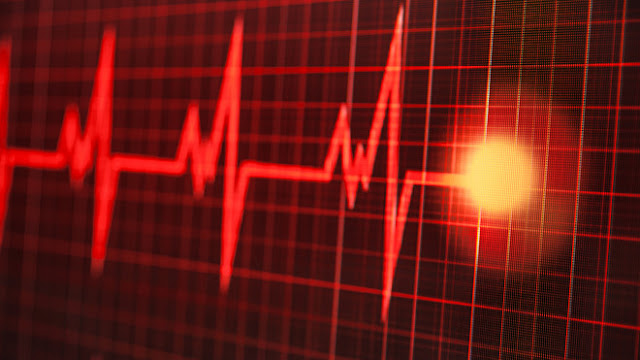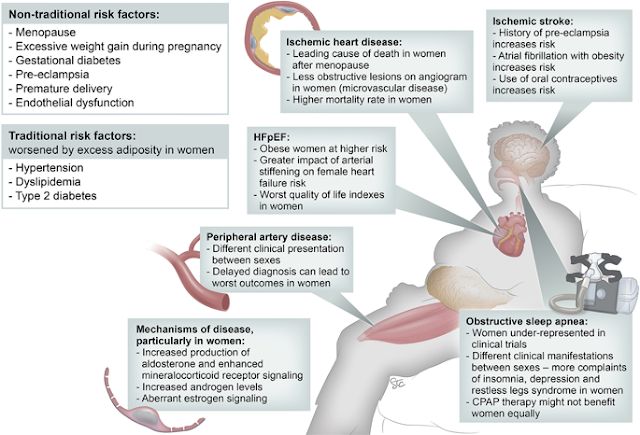Factors and causes that lead to heart disease | healthy care
Factors and causes that lead to heart disease
"The risk factors that lead to heart disease"
| --- | Smoking| --- | Malnutrition
| --- | Hypertension
| --- | Hypercholesterolemia
| --- | Diabetes
| --- | Excess obesity
| --- | Lack of physical activity
| --- | Constant tension
| --- | Poor hygiene
Heart Mechanism
Understanding how and how the heart works facilitate understanding the causes of heart disease.
The heart is a pump, which is a muscular organ the size of a fist and is located slightly to the left of the center of the chest.
The heart is divided into two sides, the left and right. This chapter aims to ensure that the oxygen-rich blood does not mix with the oxygen-free blood. The oxygen-free blood is blue, which returns to the heart after it runs through the body. The right side of the heart consists of the right atrium and the right ventricle. It receives blood from the lungs and pumps them into them, through the pulmonary arteries.
The lungs freshen and regenerate the blood with new oxygen, and as a result, it changes color and becomes red. The oxygen-rich blood crosses from here (from
Right side) to the left side of the heart, which also consists of the left atrium and the left ventricle. From there (from the left side) blood is pumped to the body, via the aorta, to supply the various tissues of the body with oxygen and various nutrients.
The four valves in the heart are responsible for proper blood flow. They all work like gates in a fence. Valves only open in one direction and only when pressed. Each valve opens and closes once in every single beat of the heartbeat, or approximately once in every second, at rest.
Heart Cases
| --- | Diastolic: the left and right ventricles expand (relax) and fill with blood coming from the left and right atria. Then the cycle begins again.
Also in the heart is an electrical wiring network responsible for the continuation of the heartbeat. The electrical impulses start from the top, in the right atrium, and then travel in a special path to the ventricles with orders to draw blood.
The transfusion system is responsible for ensuring the heartbeat, at a consistent and healthy pace, so that the blood, through it, can continue to flow rotationally. Continuous switching between oxygen-rich blood and oxygen-free blood is a process that keeps life going.
Causes of vascular heart disease
The term "Cardiovascular Diseases" refers to several types of cardiovascular diseases. This name is also often called the damage to the heart or blood vessels from arteriosclerosis - the accumulation of layers of fat inside the arteries.
Over time, very high pressure on the arteries can make their walls stiffer (less supple) and thicker, which can sometimes block blood flow to the various organs and tissues of the body.
This process is called calcification of the arteries (or: atherosclerosis) and it is the most prevalent type of this disorder, and it is the most common factor for the emergence of risks and causes of cardiovascular disease.
The factors that cause this disorder (arterial calcification) are an unhealthy diet, lack of physical activity, obesity, and smoking.
These are all serious risk factors for the development of atherosclerosis, which leads to the development of vascular heart disease.




















No comments